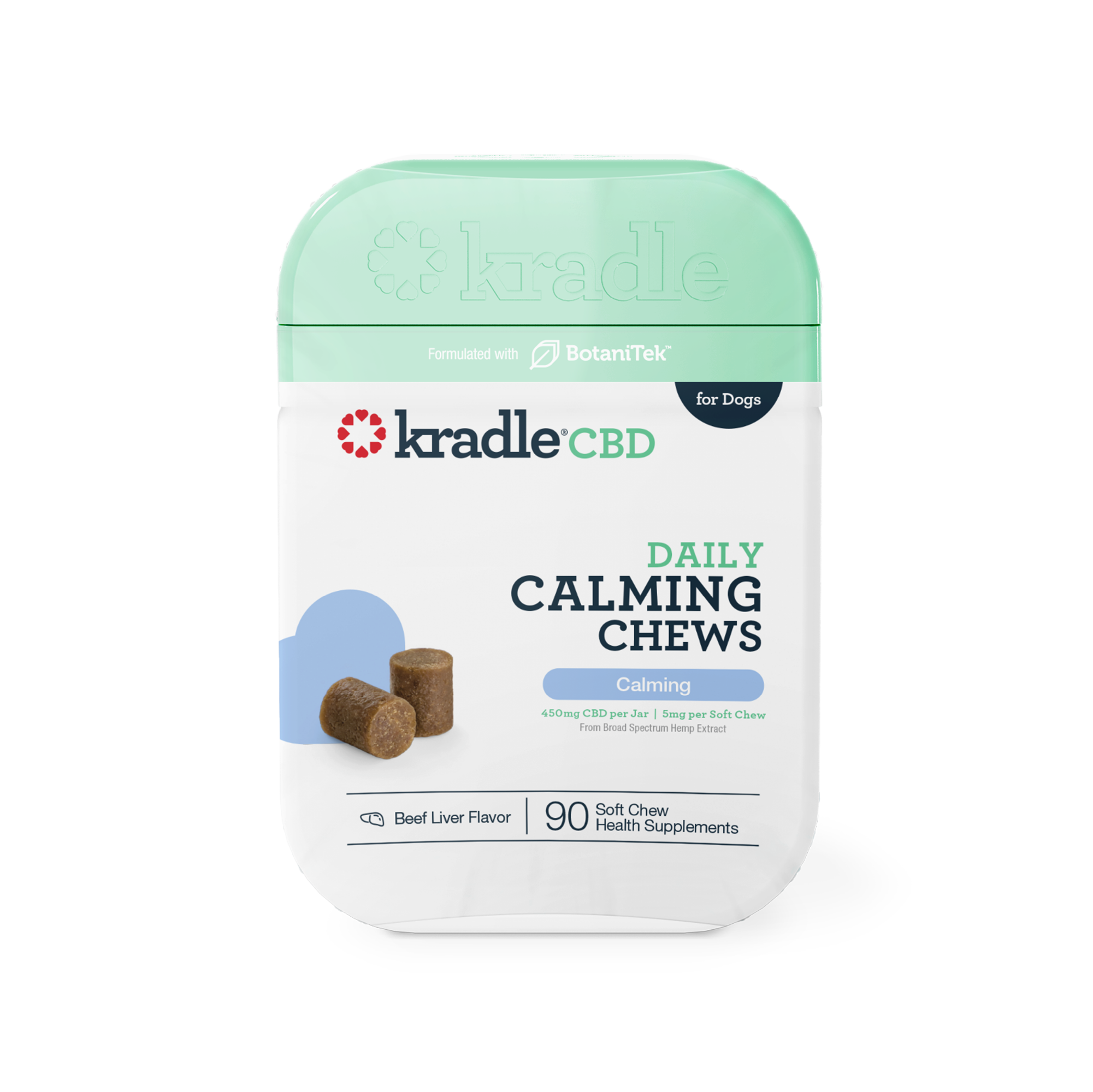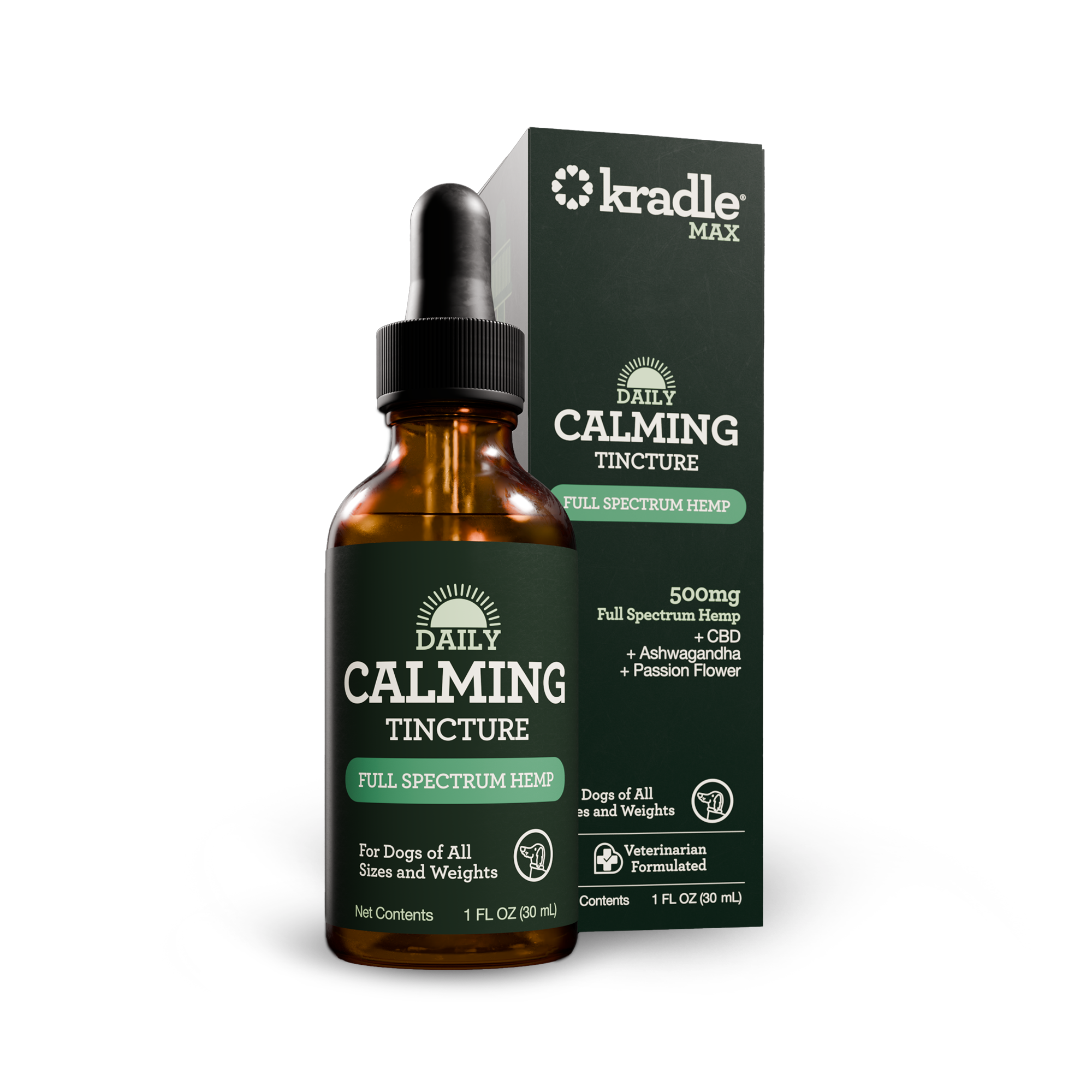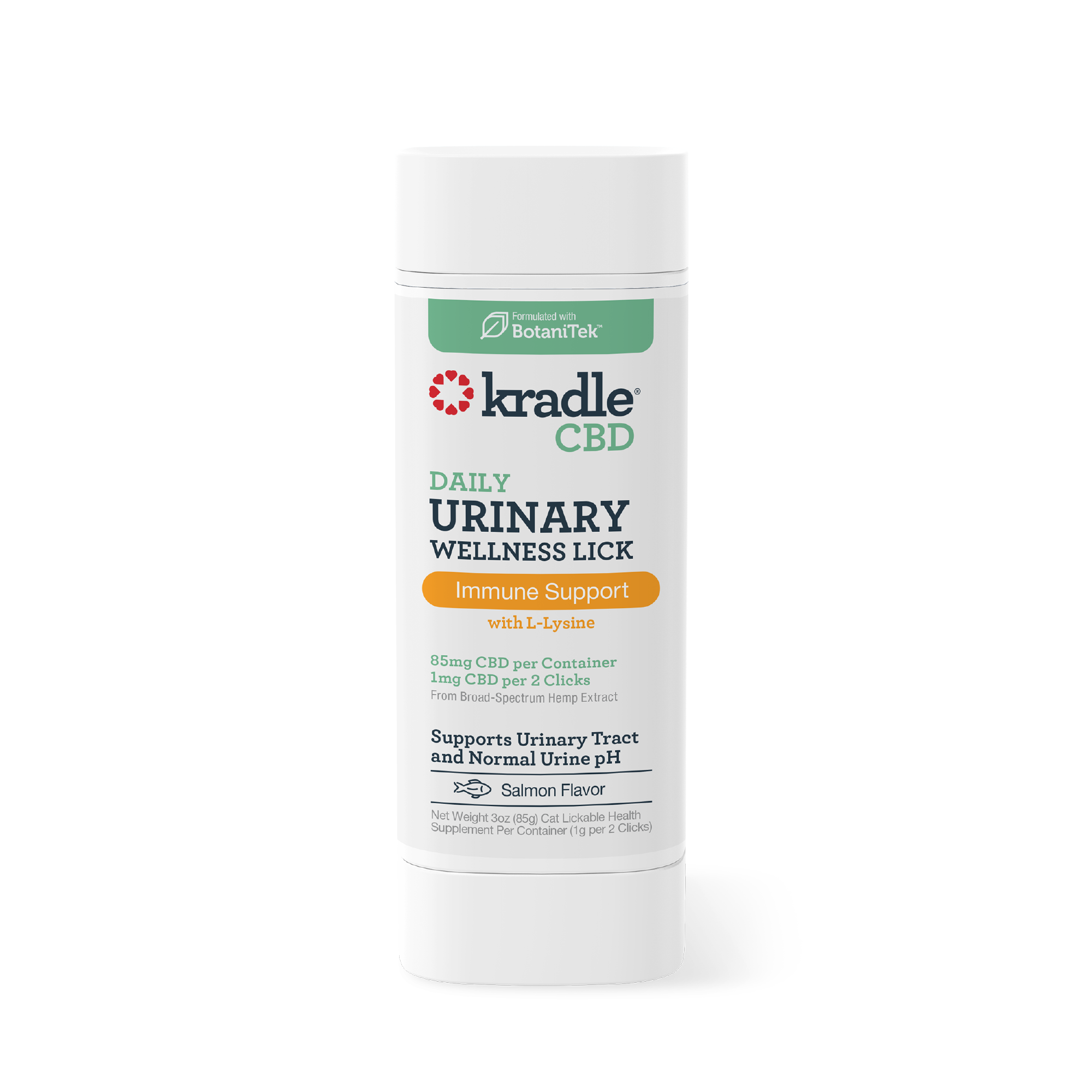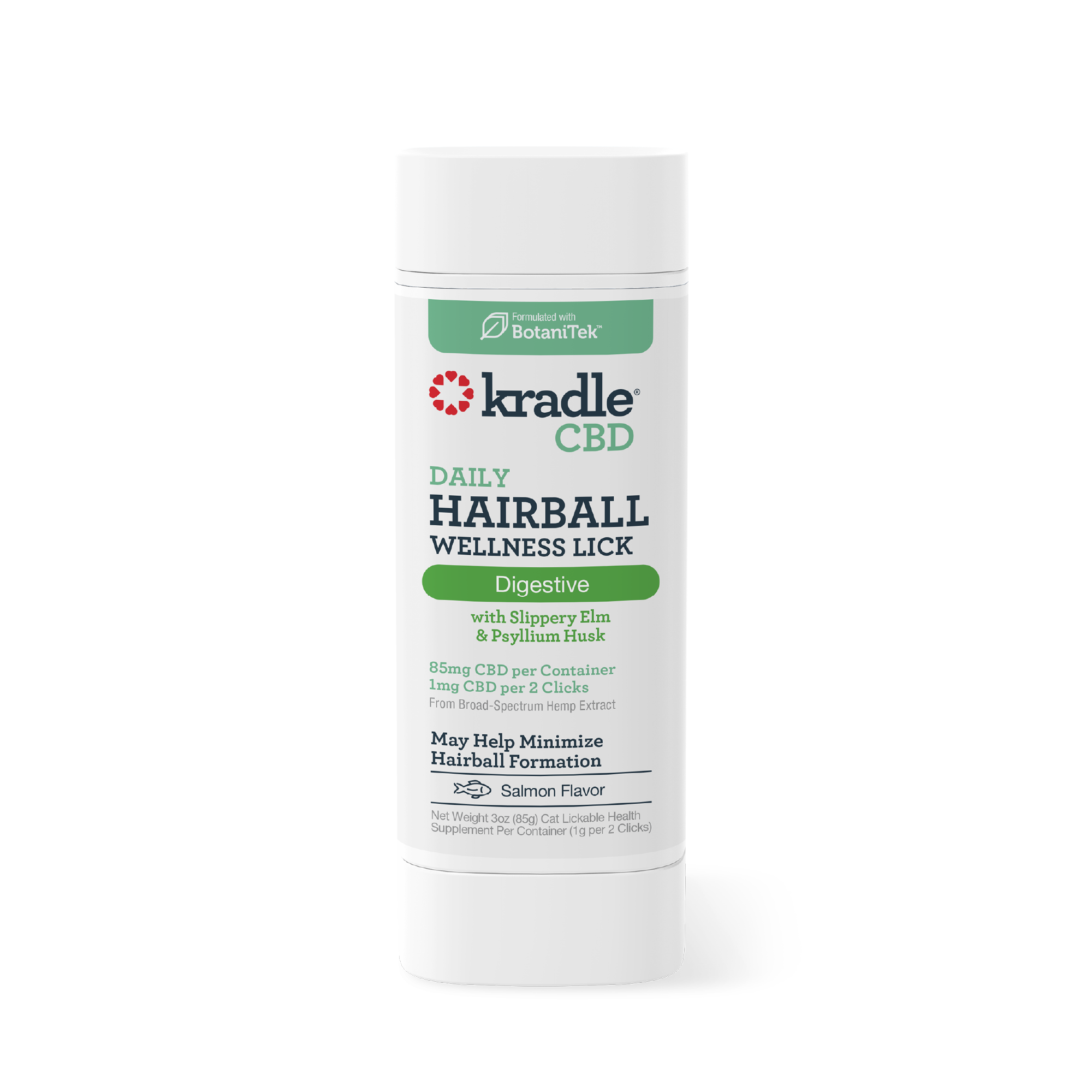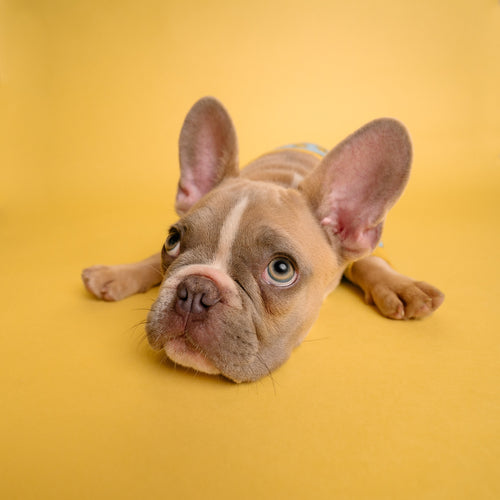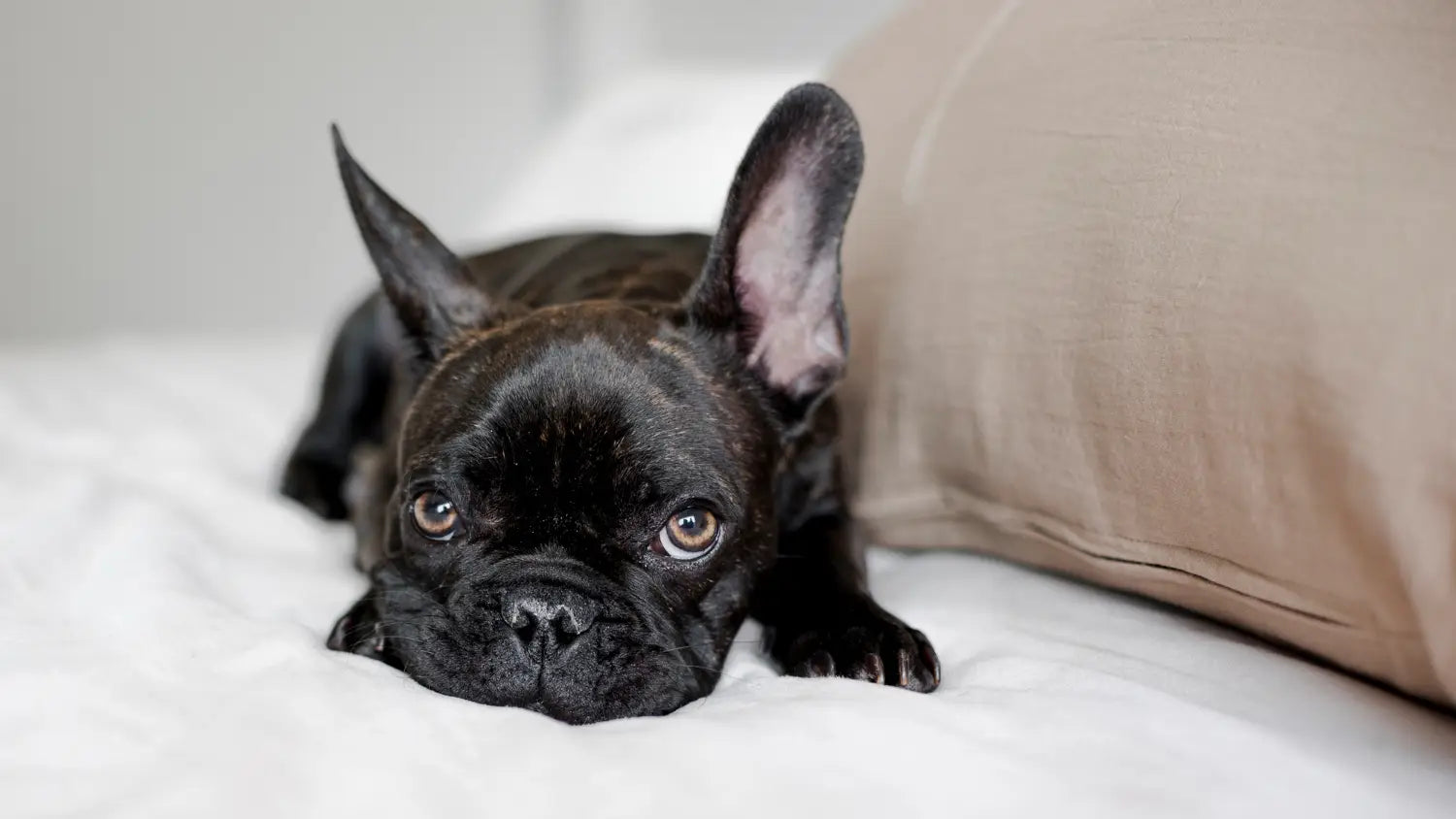
Fear Periods in Dogs: A Complete Guide for Pet Parents
Table of Contents:
Raising a puppy is an adventure. One moment, they are zooming through the house like a fuzzy tornado; the next, they are curled up in your lap like nothing ever happened. It is adorable, heartwarming, and occasionally confusing. Especially when your previously fearless pup suddenly starts acting timid, uncertain, or scared of things that never bothered them before.
If your confident puppy has unexpectedly become wary or withdrawn, you are not alone. This sudden shift often points to what many experts call fear periods in dogs. These temporary but crucial developmental phases are a normal part of growing up, and understanding them can help you support your pup in the right way.
What Are Fear Periods in Dogs?
Fear periods in dogs refer to specific phases in a puppy’s development when they become unusually sensitive or anxious about their surroundings. Even dogs who seem happy and confident can experience sudden fearfulness. These periods are not behavioral issues or signs of poor training. Rather, they are natural, biologically programmed parts of growing up.
During these stages, a dog’s brain processes stimuli differently. What seemed normal yesterday might suddenly appear to be threatening today. It is a confusing time for your puppy, but with gentle guidance and patience, most pups grow through it and come out stronger.
Understanding Puppies' Fear Stages
Much like human toddlers exploring the world, puppies pass through mental and emotional growth spurts. These spurts include phases where they are especially cautious or fearful. Known as puppy fear periods, these stages help shape how a dog interacts with new environments, people, and other animals for the rest of their lives.
These phases are deeply influenced by brain development. Puppies are learning how to interpret the world. Their senses are on high alert, which can sometimes make everyday experiences feel overwhelming.
Some dogs glide through these periods with only minor hiccups. Others may show more intense reactions, depending on factors like breed, early experiences, and individual temperament.
General Characteristics of Puppy Fear Periods
Recognizing the signs of a fear period is key to helping your dog cope. Here are common behaviors puppies may show:
-
Hesitation or fear around familiar objects like toys, leashes, or bowls
-
Startling easily and taking longer to calm down
-
Avoiding people or pets they previously enjoyed being around
-
Overreacting to sounds or movements, such as vacuums or passing cars
-
Displaying anxious behavior after a stressful event, like hiding or excessive whining
Keep in mind that every dog experiences fear periods differently. Some show only one or two of these behaviors. Others may show several. The intensity and duration can also vary from one puppy to another.
What Are the Puppy Fear Stages?
There are two primary fear stages most puppies go through. Each occurs during critical periods of emotional and neurological development. These stages are often referred to collectively, but each puppy fear period has distinct characteristics that shape how a young dog processes the world around them.
Fear Period Stage 1: 8 to 12 Weeks
The first fear stage usually begins when puppies are between 8 and 12 weeks old. This is often when they are settling into their new homes. It is a time of big transitions. Everything is new — sights, smells, routines, and people.
At this age, your puppy may suddenly seem unsure about simple things. They might back away from the stairs or avoid a new sound like the buzz of a blender. It is also common for them to act timid around strangers or new dogs, even if they were previously playful.
This is a time for reassurance. Avoid overwhelming them with too much stimulation. Let them explore at their own pace.
Fear Period Stage 2: 6 to 14 Months
The second stage tends to hit during adolescence, usually between 6 and 14 months. This is a trickier one because your pup may appear grown up, but they are still learning how to handle stress.
This stage is when your dog’s fight-or-flight response really starts to mature. They may become more reactive to sounds, movement, or even people they already know. Their recovery time after being startled can also increase.
For instance, a balloon pop might cause a momentary flinch in younger months. Now, that same sound could send them hiding under the couch for several minutes. It is normal — not a step backward. With consistency, this sensitivity will pass.
Common Dog Fear Period Behaviors
Understanding behavior during dog fear periods helps you stay calm and respond appropriately. Being aware of your dog's fear stages can help you anticipate shifts in behavior and give your pup the patience they need to feel safe again.
Sudden fear of familiar things or people
Your dog might suddenly avoid a family member they used to cuddle with or refuse to walk past a chair they’ve seen every day. This regression is common and usually temporary.
Avoidance, cowering, hiding
They may tuck their tail, lower their body, or hide under furniture after being startled. Offering them quiet comfort during these moments can help them feel safe again.
Increased barking or growling
A normally quiet pup may begin barking at neighbors or other dogs. This is a sign of heightened alertness, not aggression.
Skittishness on walks or in new environments
Walks may take longer. Your pup might freeze at the sight of a bike or refuse to walk past construction. Let them pause, observe, and proceed when they are ready.
How Long Do Fear Periods Last in Dogs?
Many pet parents ask, how long do fear periods last in dogs? Typically, each phase lasts about two to three weeks. That said, the timing can vary.
-
Breed matters. Larger breeds may mature slower, extending the timeline.
-
The environment also plays a role. Busy households or noisy areas may heighten fear responses.
-
Temperament is key. Some dogs are naturally more cautious than others.
What helps most is consistency. Keep routines stable. Continue training with patience and positivity. These fear stages are just that — stages. They pass.
Solutions for Dog Owners
Every puppy is different, which means no one-size-fits-all fix exists. But there are reliable strategies that can help guide your dog through this sensitive time.
Training
Use gentle, reward-based training during fear stages. Never force your dog to confront something that scares them. Instead, reward curiosity. If your puppy glances at a vacuum from across the room, toss a treat their way. Allow them to approach at their own pace.
Keep training sessions short and low-pressure. Always end on a positive note. If they seem overwhelmed, take a break.
Holistic Solutions
Calming environments are powerful. Soft lighting, quiet music, and designated safe spaces make a difference. A massage or slow brushing session after a walk can also ease tension.
Daily activity is another game changer. Try low-stress play with familiar toys in quiet, predictable locations. Movement supports emotional regulation and builds confidence.
For extra calming help, Kradle offers non-CBD calming products made just for puppies. Our Daily Calming Soft Chews and Bliss Bar Soft Bakes are gentle ways to help your pup stay balanced. These are especially helpful during fear stages and can be used alongside positive reinforcement techniques.
You can explore calming chews for dog or browse our CBD pet products page. Just remember — we recommend our non-CBD options for puppies until they transition to adult food.
Final Thoughts
Fear stages may catch you off guard, but they are normal, natural, and navigable. By watching for signs, staying patient, and providing calm support, you can help your puppy move through these periods with resilience.
Remember, every dog is different. Some glide through these stages quickly. Others need more reassurance. A thoughtful mix of training and holistic care, including gentle products from Kradle, can make a big difference.
Need more support on the go? Don’t forget to read our guide on camping with dogs to help build confidence outside the home, too.
FAQs
What are puppy fear periods?
They are developmental stages where puppies temporarily become more sensitive or anxious as their brains mature and process the world differently.
What are the signs of fear periods in dogs?
Common signs include hiding, skittish behavior, barking at familiar things, or reacting strongly to noise or new people.
Are fear stages in dogs normal?
Yes. These are expected phases in a dog’s development and not a cause for alarm.
Can I prevent fear periods in my puppy?
No. These stages are part of natural development. But how you support your dog during them makes all the difference.
How long do fear periods last in dogs?
Usually around two to three weeks per phase, although this can vary by breed, environment, and personality.

